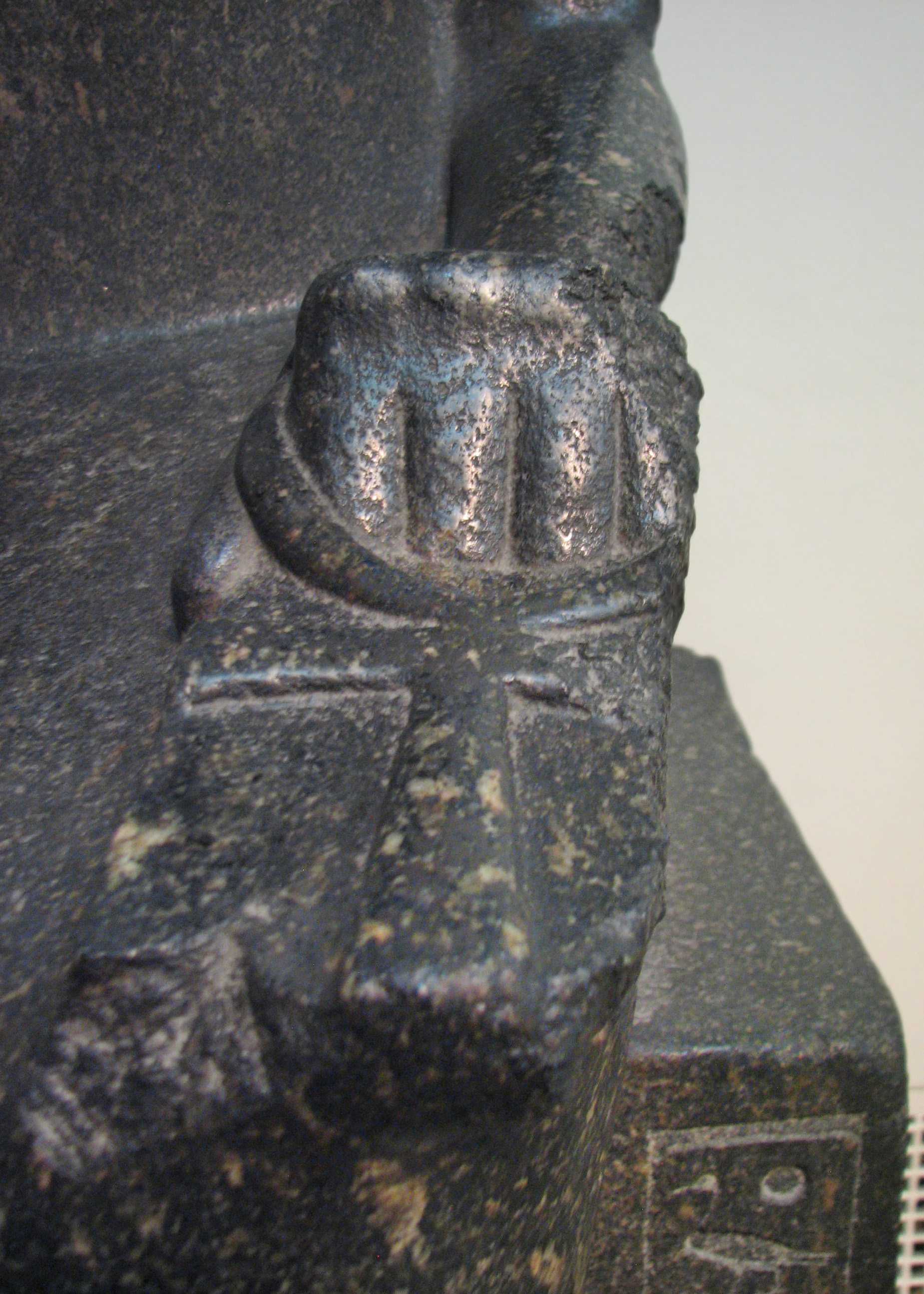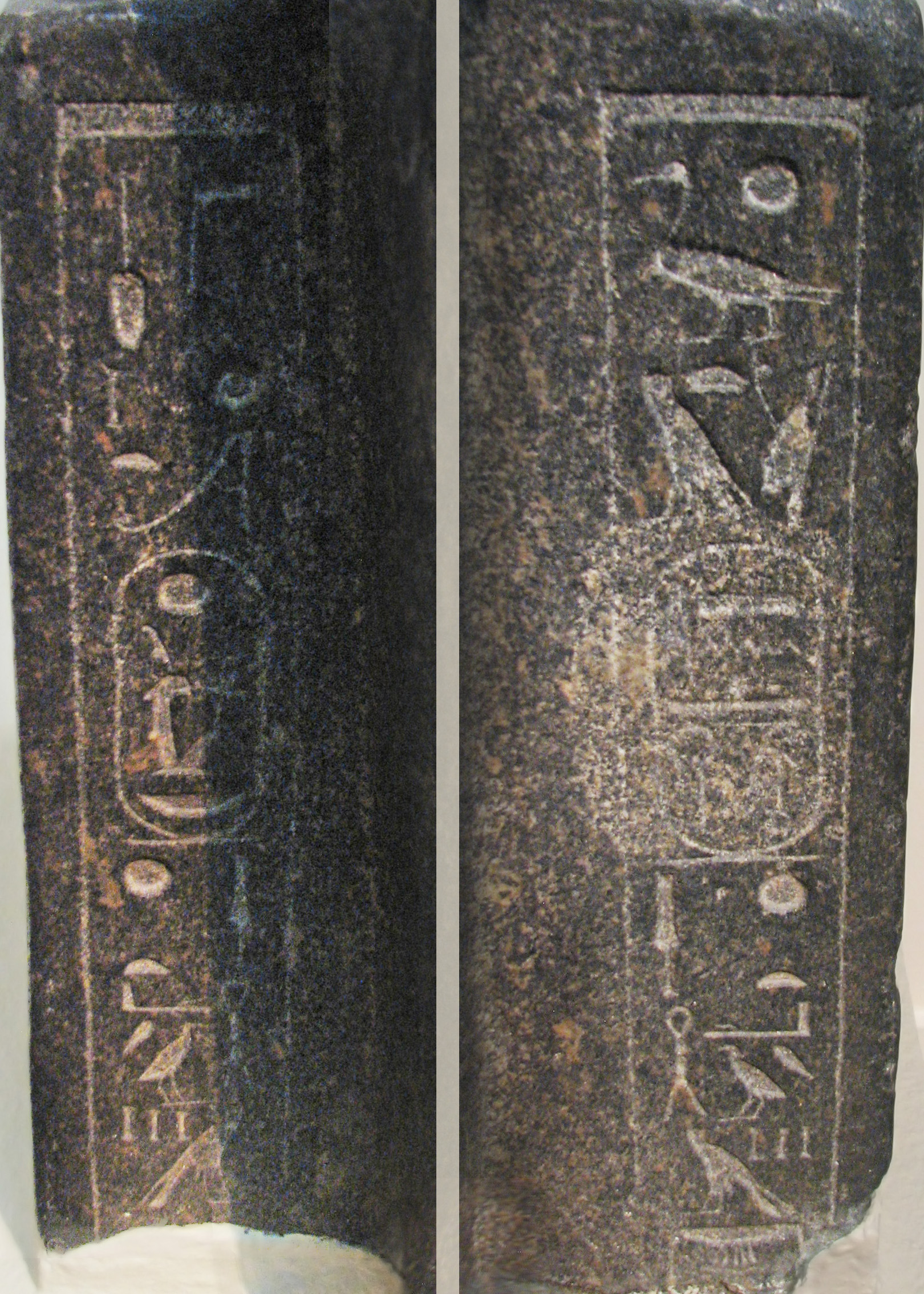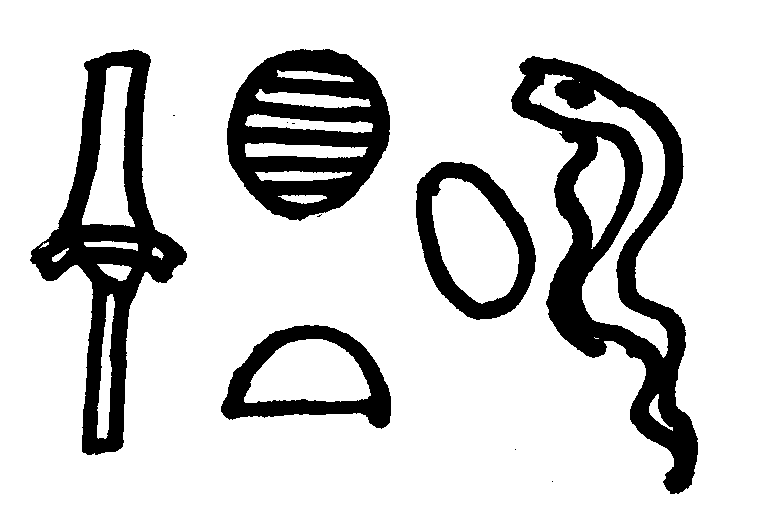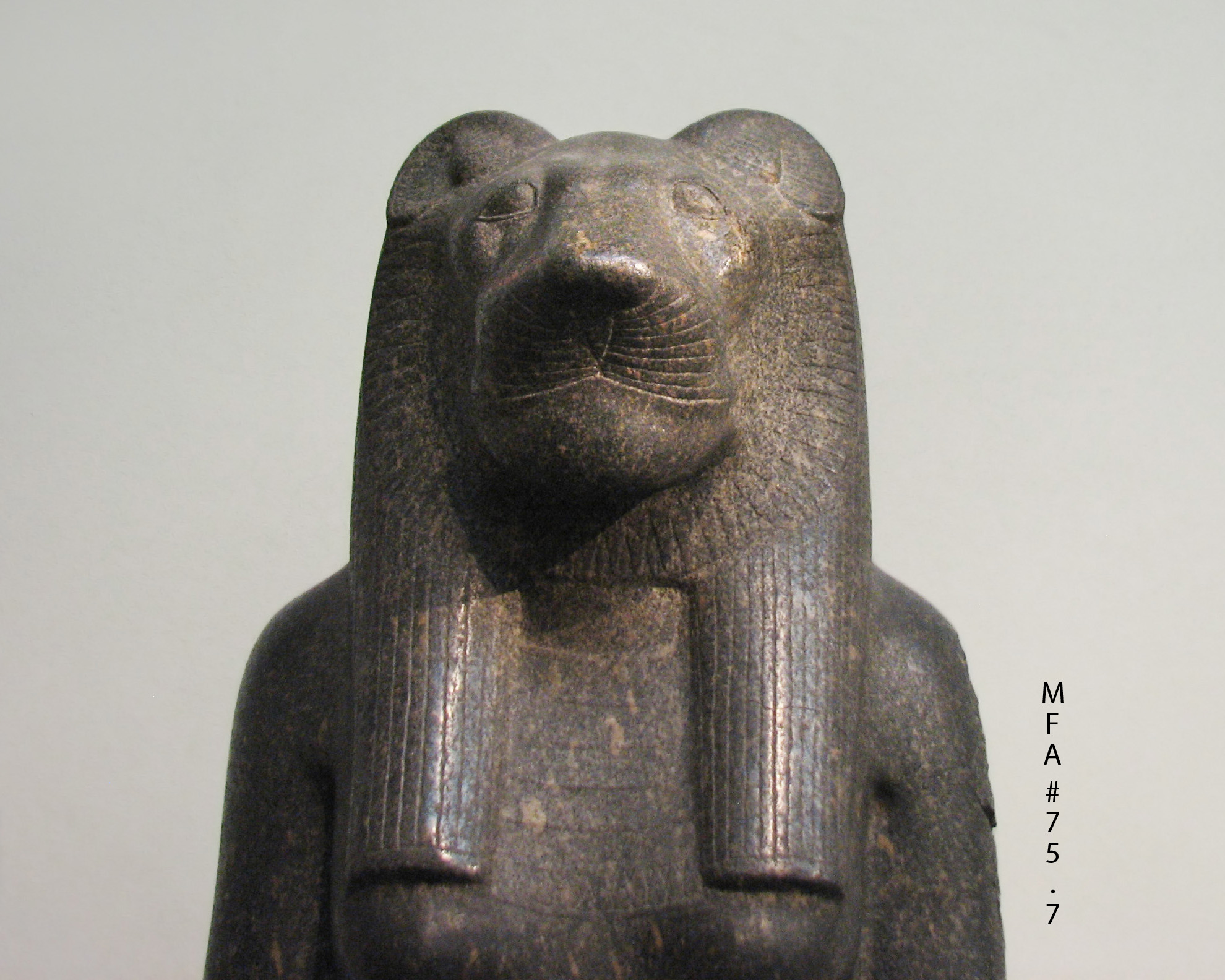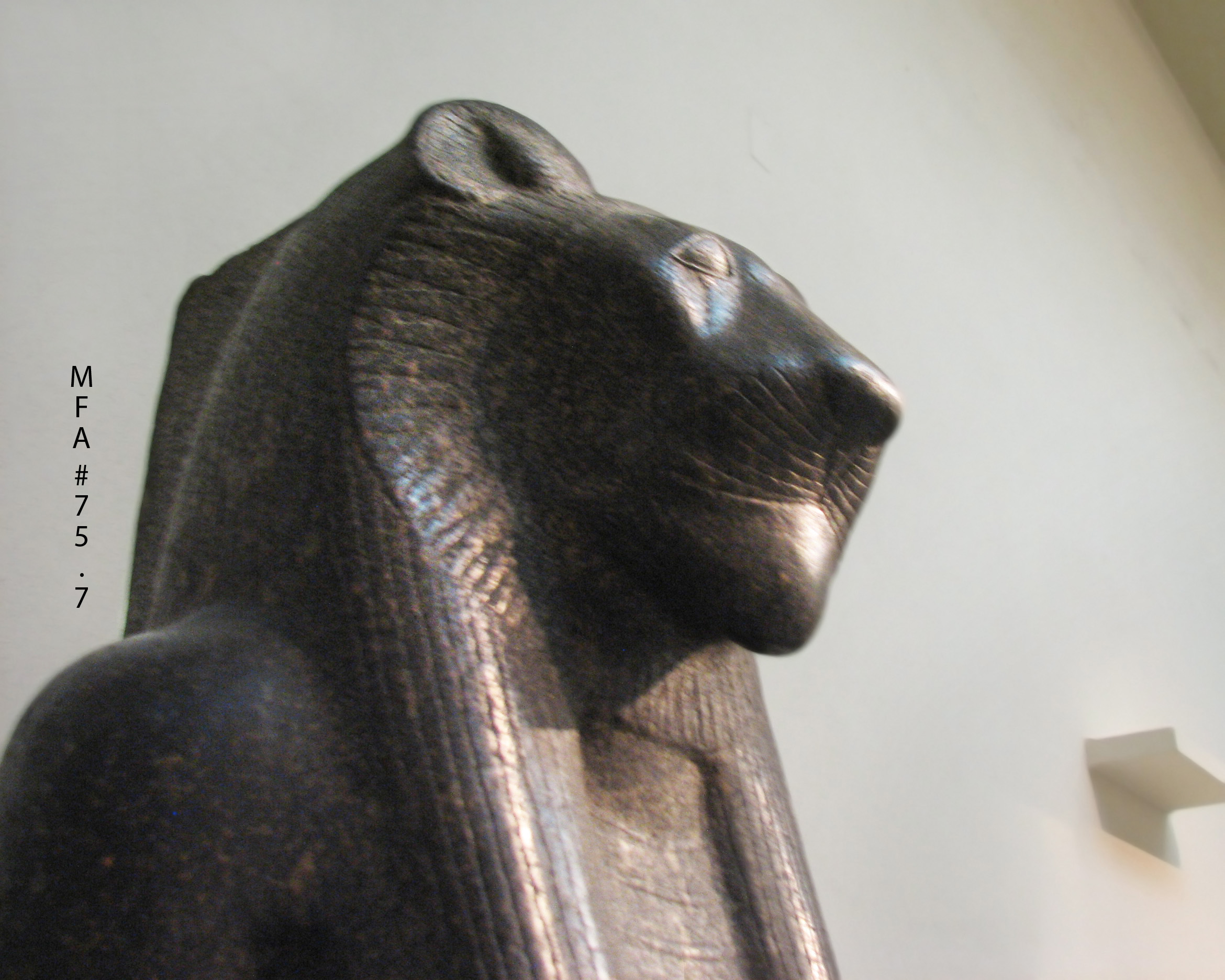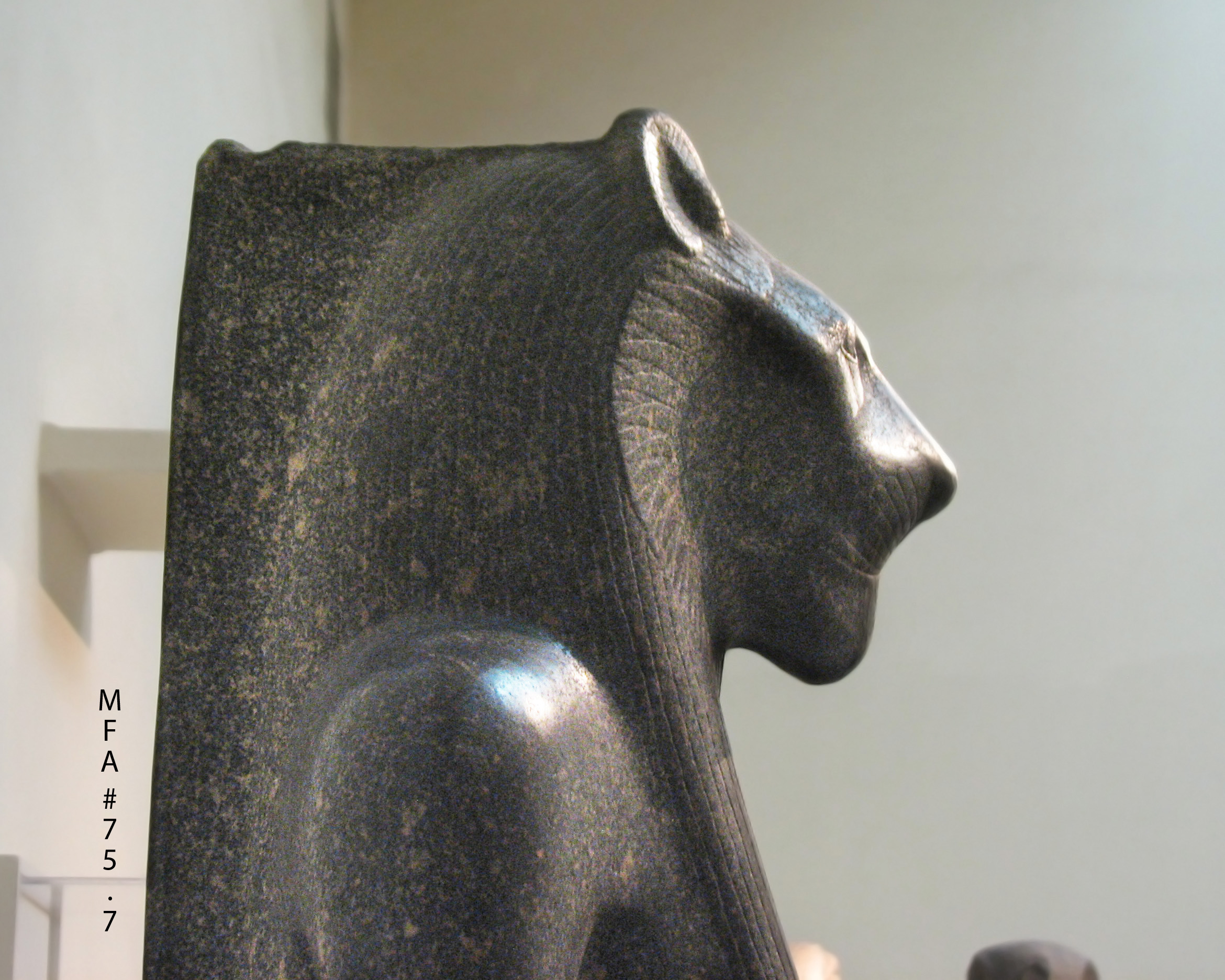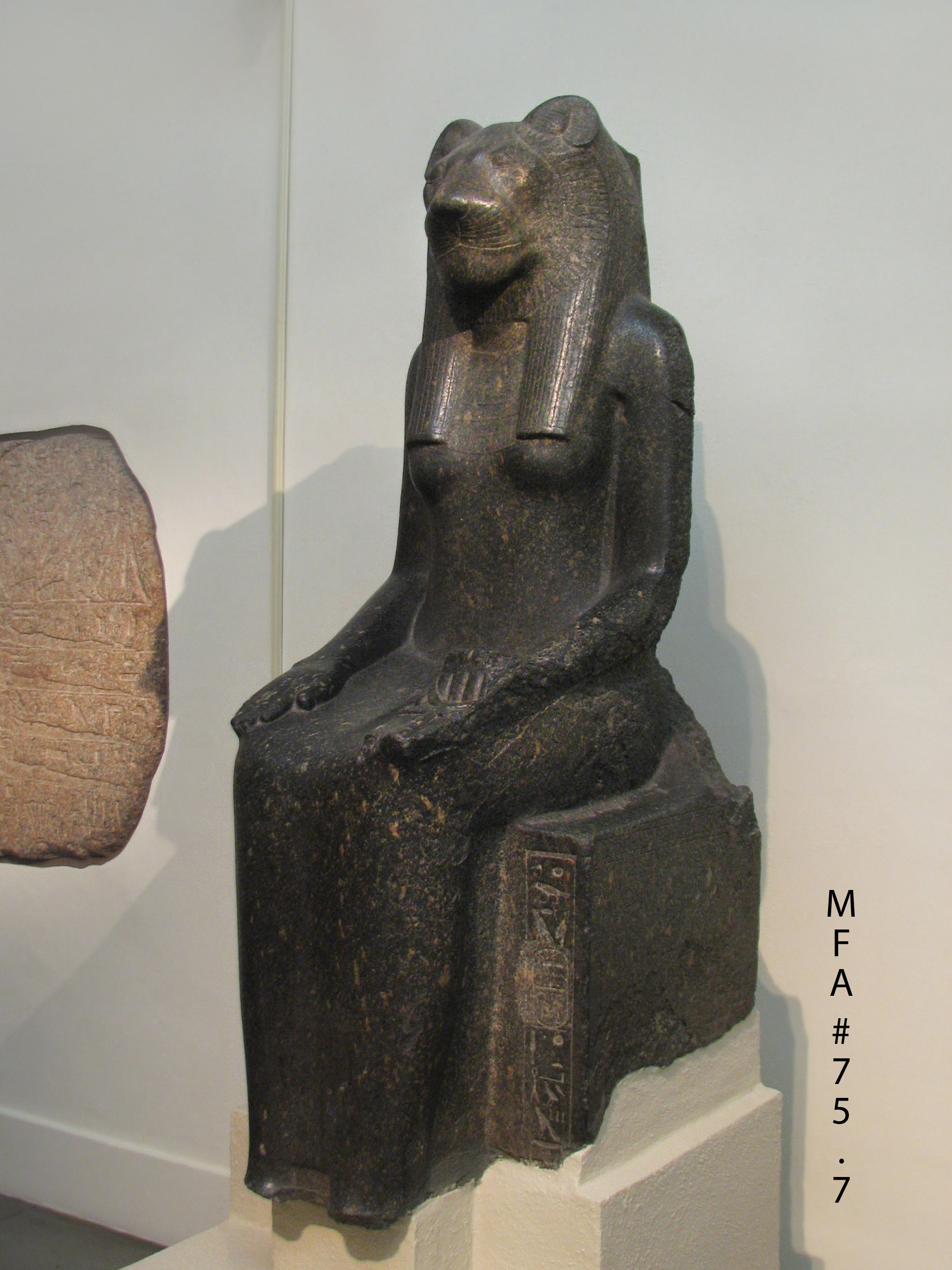
Sekhmet Seated
From Thebes, Karnak, temple of Mut, reign of Amenhotep III, 1390–1352 B.C.E.
Granodiorite, W x H x D: 126.6 x 53.3 x 66.7 cm (49 13/16 x 21 x 26 1/4 in.)
Gift of John A. Lowell and Miss Lowell 1875, MFA #75.7
"Sekhmet, whose name means “the Powerful”, is depicted as a lioness-headed woman, often with the solar disk atop her head. A Goddess of healing and of pestilence alike, Sekhmet often bears the epithet “Eye of Re,” identifying her as the executor (irt, “eye” can also be read as ir.t, “doer” or “agent”) of the will of the sovereign solar power of the cosmos." (Source: Henadology)
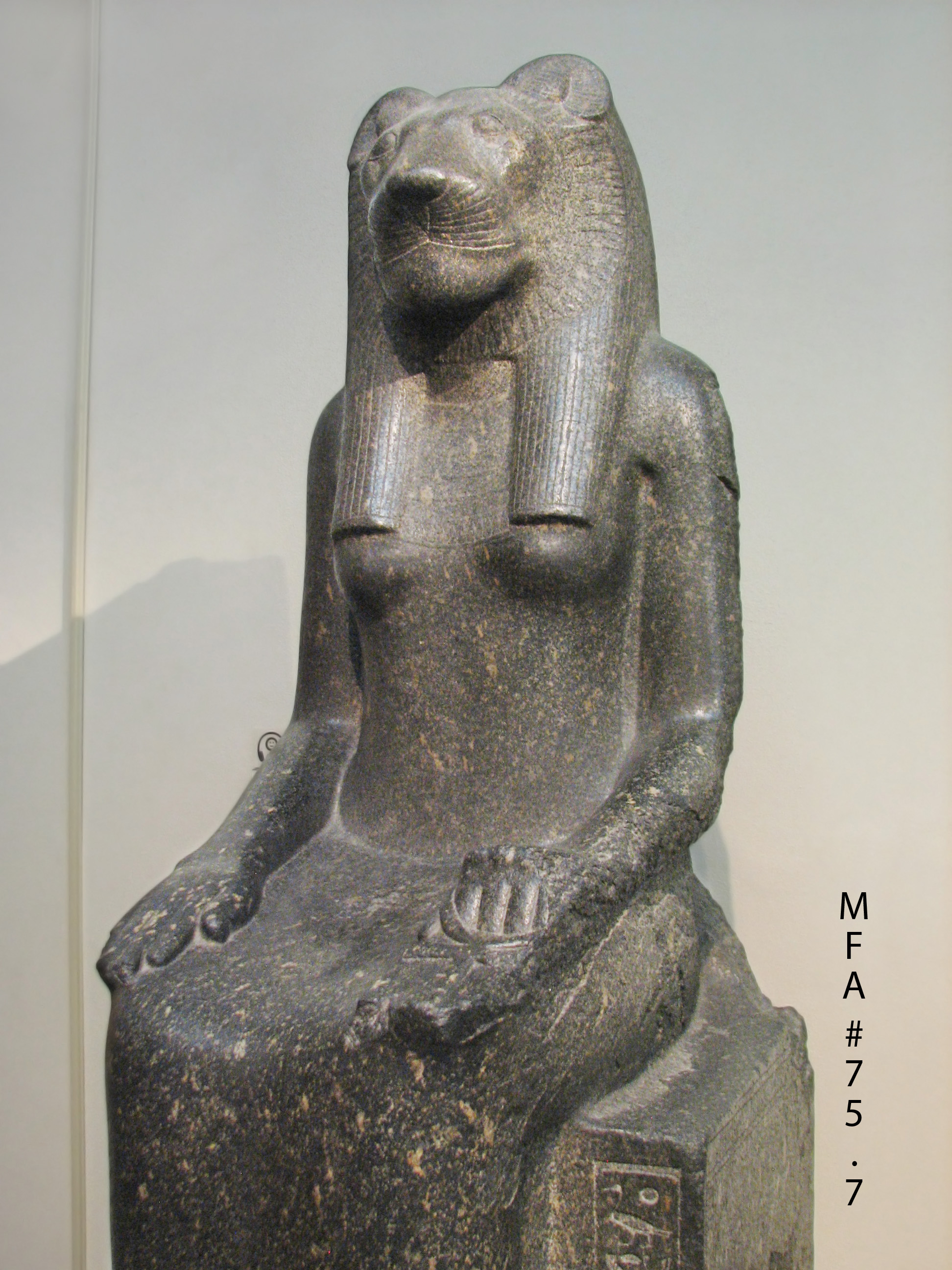
"It's said that Amenhotep III, during years of a dangerous illness, gave 574 statues of the goddess to the temple of Mut at Karnak. There are still a number of the statues at Karnak, but many others have been taken to museums all over the world. This seated Sekhmet was obtained by John Lowell, Jr. at Karnak in 1835 and given by his heirs to the museum."(From info card)
That number may be estimated too low: "It is thought that the black granite statues of Sekhmet, now scattered in museums throughout the world, once formed a huge monumental litany in stone. Jean Yoyotte has estimated that over seven hundred of them must have once stood in the now ruined funerary temple of Amenhotep III, on the west bank at Thebes, each dedicated to a particular day of the year. Alternately seated and standing, each lioness figure is crowned with a solar disk and fiery cobra snake, and holds either an Ankh-sign of life, or a papyrus sceptre, to symbolize the life-giving greenness of her propitiated state." Hathor Rising, by Alison Roberts, page 13
Photos ©Joan Ann Lansberry, 2014
